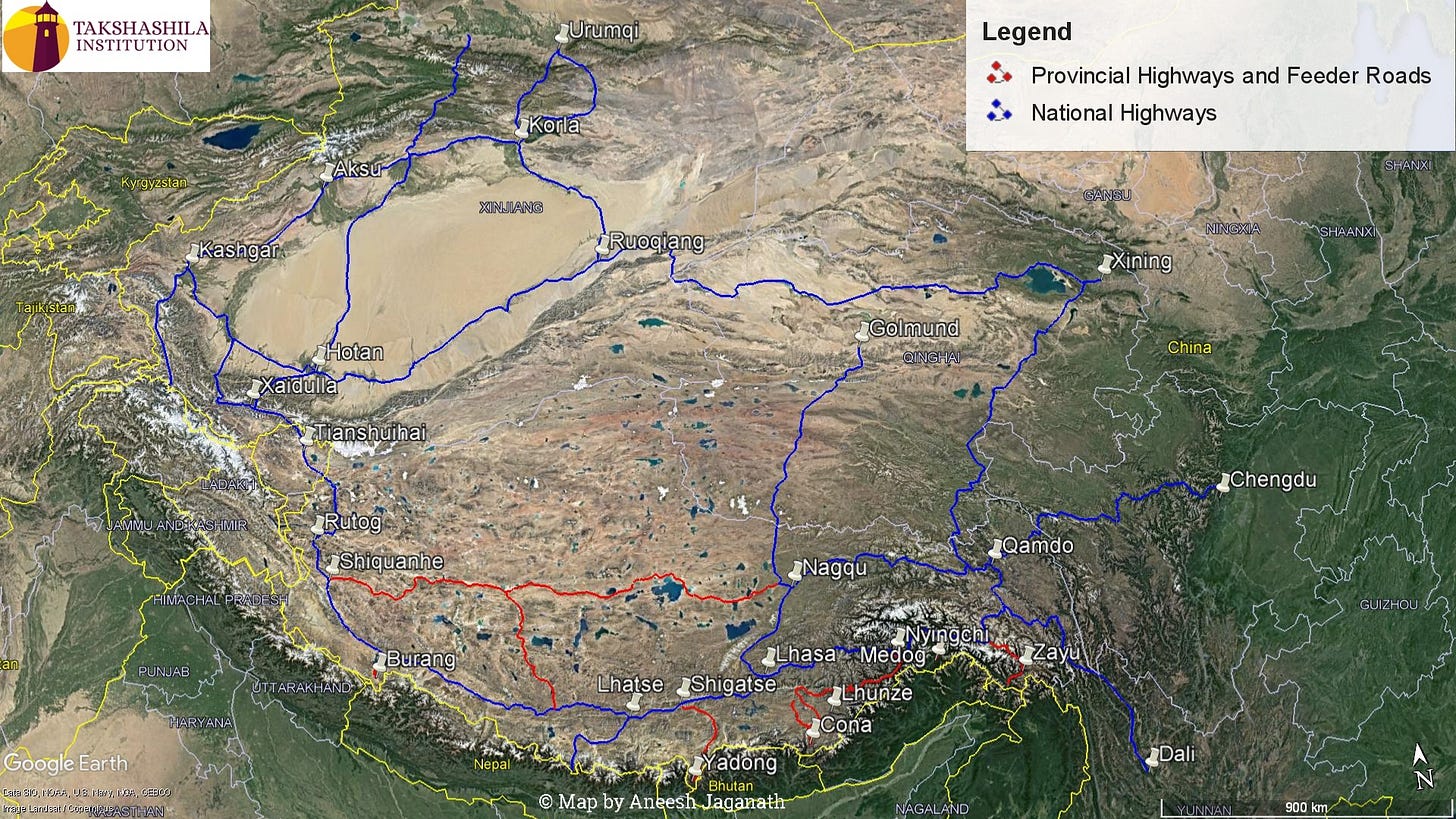All Our Thoughts, Unredacted!
Dear Reader,
Another wave of COVID-19 is upon us, and several states in India are imposing restrictions again. We hope you and your loved ones are safe. In this edition, we introduce you to an exciting new project, and discuss Chinese technology standards, the P5 countries’ statement on nuclear war, and an idea about a global pandemic response treaty.
All Our Thoughts, Unredacted!
We are pleased to introduce our exciting new project, Takshashila Unredacted. Using the knowledge management system, Obsidian, we have created a digital garden of thoughts beyond the papers, podcasts and articles that you can find on our website.
Unredacted is a mix of rough notes and finished ideas, curated by our in-house team for your reading convenience. We have quick notes, including reading lists, on everything from space to starting a podcast.
Here are a few insightful notes to get you started:
Happy reading!
China’s Technical Standardisation Framework
A new paper by Arjun Gargeyas and Megha Pardhi analyses China’s National Standardisation Development (NSD) Outline released in October 2021. The NSD outline consolidates the goals of the “China Standards 2035” (中国标准 2035) project and is one of many documents which supplement existing national-level strategies. It highlights the importance of standards for domestic economic development for fuelling technological innovation and improving domestic industry standards.
It also highlights the Chinese government’s view of standardisation as an opportunity to increase international influence and participation in international organisations. Although the goals set out in the NSD outline are lofty, achieving them will not be easy, amid the challenges of interoperability, over-standardisation and geopolitical pushback.
How China’s Border Infrastructure Impacts India
In an article in The Times of India, Suyash Desai analyses the implications of China’s border infrastructure buildup for India. The article is based on a research document Suyash had authored in December.
He writes:
Latest satellite images reveal that the Chinese People’s Liberation Army (PLA) is constructing a bridge in Eastern Ladakh connecting the North and South Banks of Pangong Tso - one of the five stand-off points – to reduce the distance between the PLA garrison at Kurnak fort and the South Bank’s Moldo border point. Currently, the PLA has to take a roundabout crossing the Rutog County to reach these two points, but the bridge, on completion, would provide a direct axis and reduce the distance between two points by almost 140 km.
But this is not a one-off instance of China’s border supporting infrastructure development. Multiple Indian and Western reports have already highlighted its phenomenal border infrastructure development, especially since Xi Jinping became the General Secretary of the Chinese Communist Party (CCP).
Preventing Nuclear War
In an article in ThePrint, Lt. Gen. Prakash Menon writes about the joint statement issued by the P5 countries — the US, Russia, China, UK, and France — on preventing nuclear war and avoiding the ongoing global arms race. He identifies four reasons why the joint statement “makes all the right noises”:
First, it considers the avoidance of war among the nuclear-weapons States and the reduction of strategic risks as its foremost responsibility.
Second, for the first time, these nuclear powers have, in unison, affirmed that a nuclear war cannot be won and must never be fought. But in the same breath, they uphold the necessity of nuclear weapons for defensive purposes to deter aggression and prevent war.
Third, they reaffirm their commitment to Article VI of the 1968 Non-Proliferation Treaty (NPT) — “to pursue negotiations in good faith on effective measures relating to cessation of the nuclear arms race at an early date and nuclear disarmament, and on a treaty on general and complete disarmament under strict and effective international control.”
Fourth, they commit themselves to strengthening national measures to prevent unauthorised or unintended use of nuclear weapons and avoid their usage. Lastly, and perhaps the most promising, is the underlining of the desire to create a secure environment that is more conducive for disarmament through the pursuit of constructive dialogues.
First Step Towards A Global Response Treaty
The World Health Assembly recently held a Special Session to kickstart a process to draft a global treaty geared towards pandemic management. On the 11th January episode of All Things Policy, Priyal Lyncia D’Almeida and Ruturaj Gowaikar discussed the need, scope, and history of such international instruments.
What We Have Been Reading
This week’s book is Whole Numbers and Half Truths by Rukmini S. Recommending it, Prateek Waghre says:
Presenting data or reporting it on it is an important part of story telling. But if that data is often reported without necessary context - deliberately or inadvertently - we end up losing important perspective. This is especially important in the field of public policy.
Through a combination of surveys, interviews, and insights about methodology, Rukmini S explores various facets of Indian society and challenges many beliefs that have acquired the status of accepted wisdom, making this book well worth a read. And, as a bonus, if you pore through the end notes, you'll end up with a nice list of surveys/studies relevant to India.
#BookLounge: Whole Numbers and Half Truths
Here’s another reason why you should read Whole Numbers and Half Truths, the book we recommended in the previous section: we have a #BookLounge conversation coming up between the author Rukmini S and Mihir Mahajan. It promises to be riveting.
There is a mountain of data available on India, but it remains opaque, hard to access and harder yet to read, and it does not inform public conversation. So how can one make sense of it all?
Find out how data works, and how sociopolitical forces affect it from Rukmini herself. Join us on Thursday, 27th January at 6 PM IST.
That’s it from us this week. Stay safe and have an excellent week.





